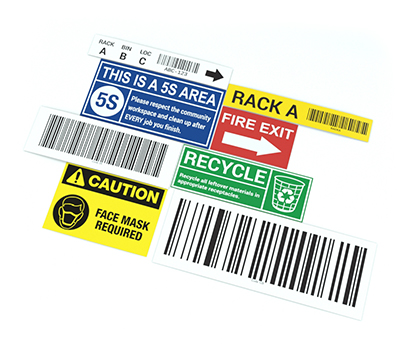
If you’ve ever opened up or worked on an electrical system, you have undoubtedly seen multiple different wires within each cord. Each wire is a different color, and it is important to know what each of them means. The standard for 120-volt and 240-volt electrical cables is to have the gray wire be used for neutral conductors. In some systems, neutral wires are going to be white, so make sure to keep that in mind as well.

What is a Gray Neutral Wire?
The neutral wire (whether gray or white) is used to connect a conductive piece of metal (known as the neutral bus bar) to the electrical panel so that it can attract the current and distribute it throughout the facility. While the positive wire brings electrical current into the device, the neutral will bring any excess electricity back out of the device. It can then be either run back to the electrical panel, a drop at the street, the meter, or to the ground.
Is the Gray Wire Hot?
When talking about electrical systems the wire that brings the current to the device is typically called the hot wire. This can lead to an incorrect belief that the neutral wire does not carry current. The fact is, that the neutral wire will often have electricity flowing through it. In order to remain safe, all gray wire should be considered dangerous if it is hooked into any system.
Don’t Assume Standards Were Followed
While it is certainly good to know what the color standards are for electrical systems are, it is not safe to assume that it was wired properly. Any time you are working on any type of electrical device it should always be assumed that all wires are carrying a dangerous current unless you have taken proper steps to remove that possibility. This is the only way to stay truly safe while working on these potentially dangerous systems.
Similar Questions
- What is the Color of the Ground Wire?
- What’s the difference between a positive and neutral wire?
- What are wire color codes?
- How are neutral wires identified?
- What does the neutral wire do?
- What does it mean to ground a wire?
- Is the black wire the hot wire?
- How can wires be tested to tell if it’s hot?
- How do wire color codes improve safety?

